What Makes an Influencer Program?
We know that customer referrals are effective because we trust the opinions of people that we know and respect.
But what if there was a way to amplify this strategy and drive 22.2x more weekly conversations than the average consumer? What if each referral link shared could reach thousands of users instead of a couple hundred?
Working with influencers is the ultimate way to leverage social proof and spark conversations around your brand. Think of it as amplified word-of-mouth marketing - with every influencer who shares your brand online, you're positively represented to a large share of your target audience.
In a poll of marketing professionals by Tomoson in 2015, influencer marketing was rated as the fastest-growing online customer-acquisition channel, ahead of organic search, paid search and email marketing.
When compared to traditional forms of marketing, a 2016 study found that influencer content typically results in an 11X higher return on investment.
What are you waiting for?
What defines an Influencer Program?
What is an influencer?
As you can probably guess, an influencer is someone who has the ability to influence the behavior and decisions of other people.
An “influencer” is an individual with an established following, such as a social media celebrity, podcaster, YouTuber, or online personality.
Not only have they amassed a significant follower count, but they’ve developed a trustworthy relationship with their audience such that their opinions are highly respected.
What is an influencer program?
Running an influencer program means working with an influencer to help promote your product, service or brand to their audience, typically in exchange for a financial incentive.
The ideal influencer resonates with their followers and can shape their behavior by convincing them to try your product. They do this by posting about it on their own social channels, blogs, websites, or other media channels.
Here are a few quick examples:
Podcast: A well-known podcaster includes a snippet in an episode where they talk about their personal experience with, and benefits of, a ride-sharing app.

Click the media player below to listen.
YouTube: Someone with an established following on YouTube posts a video of them cooking a meal provided by a meal-kit delivery service.

Instagram: A popular fitness account on Instagram makes a post of them refuelling with their favorite meal replacement beverage.
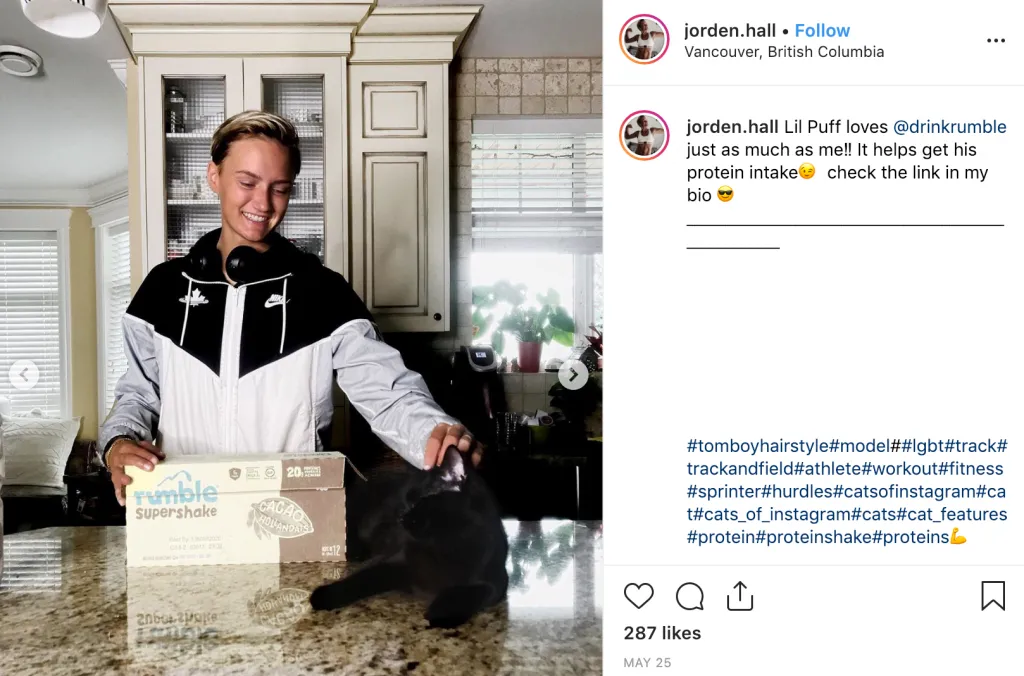
In each of these examples, the influencer encourages their audience to engage with the brand by providing a discount code or referral link.
The influencer can be rewarded with a flat fee, or a commission for every dollar earned, user registered, or custom action taken based on their promotional efforts.
How is this different than a partner or affiliate referral program?
Influencer, Partner, and Affiliate programs are common ways that you can formally turn your brand advocates into your salesforce. All of these programs work slightly differently.
An influencer is typically a sole proprietor running their own brand and can be on-boarded into a referral program quite easily. Unlike with a partner program, the influencer wouldn’t be considered as knowledgeable as a trained salesperson. You likely communicate with the influencer on multiple occasions to confirm the terms of your agreement, but don’t go to great lengths to constantly monitor the relationship.
When compared to an affiliate referral program, your brand’s relationship with an influencer relies on more engagement and guidelines.
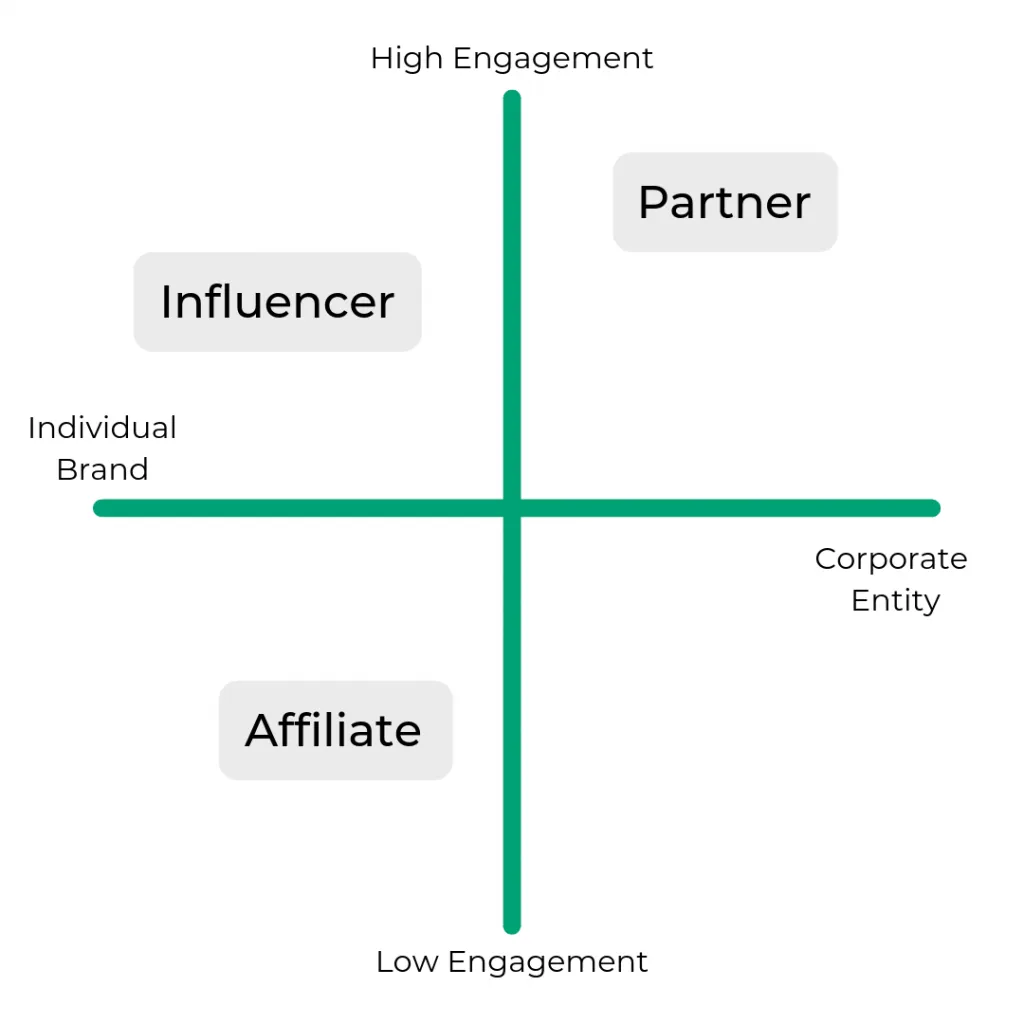
As you can see from the comparison diagram above, an influencer program is characterized by moderate-to- high engagement between an influencer and a brand.
What’s the value of influencers?
They pack a powerful influence: A study conducted by Twitter found that 49% of people rely on influencers for their buying decisions, and 40% of people made a purchase after reading a tweet from an influencer.
They provide big bang for your marketing bucks: As an ROI, businesses report getting $6.50 for every $1 invested in influencer marketing.
They’re widely-considered as an effective marketing technique: 81% of marketers who have used influencer marketing judged it to be effective.
Their impact is growing: The influencer market on Instagram will reach $1.7 billion by the end of 2019, and $2.3 billion by 2020 (source).
They reach consumers where they spend the most time: The average internet user spends 2 hours and 22 minutes socializing online, and social media makes up 30% of all time spent online.
How does influencer marketing compare to online ads?
Influencer marketing works because it naturally and subtly interlaces your brand’s message into a post, podcasts, or video that a consumer is willing to engage with.
This is an important factor considering we’ve literally been taught to not trust traditional ads. Anyone remember the House Hippo commercials from 1999? Adverts with footage of the fictional "North American house hippo" were meant to encourage children (and everyone else) to think critically about what they see on TV. Watch it below:
In terms of modern online advertising, it’s estimated that 54% of users don’t click banner ads, and the use of ad blockers had grown 41% worldwide from 2014 - 2015. The chances of your paid ads reaching your target audience are only going down, and becoming more expensive to maintain.
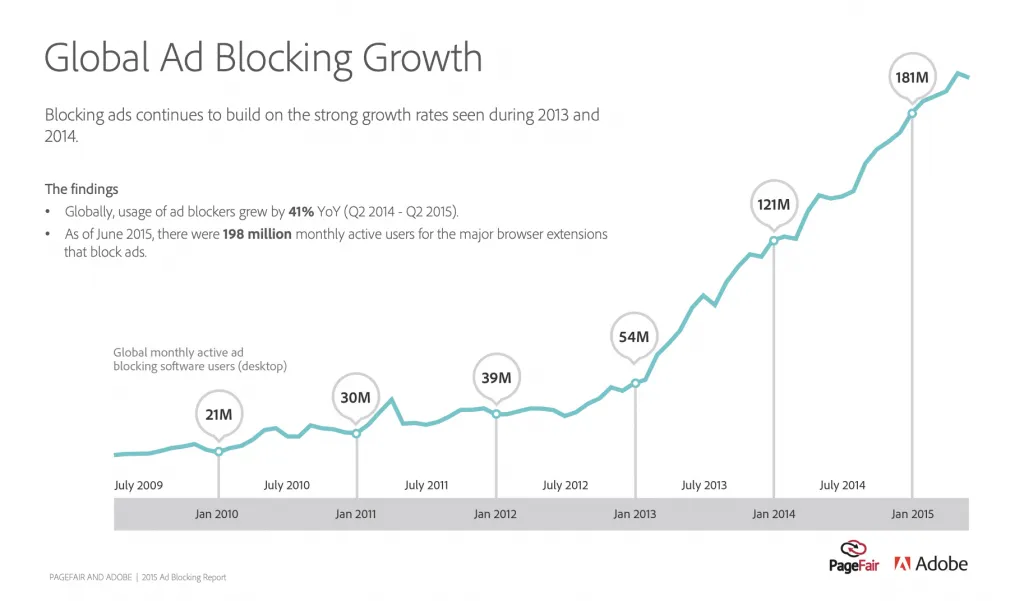
4 tips for a successful influencer program
1 - Size doesn’t always matter
When choosing the right influencers, don’t let the numbers speak for themselves.
While having Kim Kardashian post a discount code for your product might reach 100 million people, it will cost you near $500,000 and drive less engagement than you hoped for.
There’s plenty of research to indicate that influencers with smaller following have higher post engagement rates:
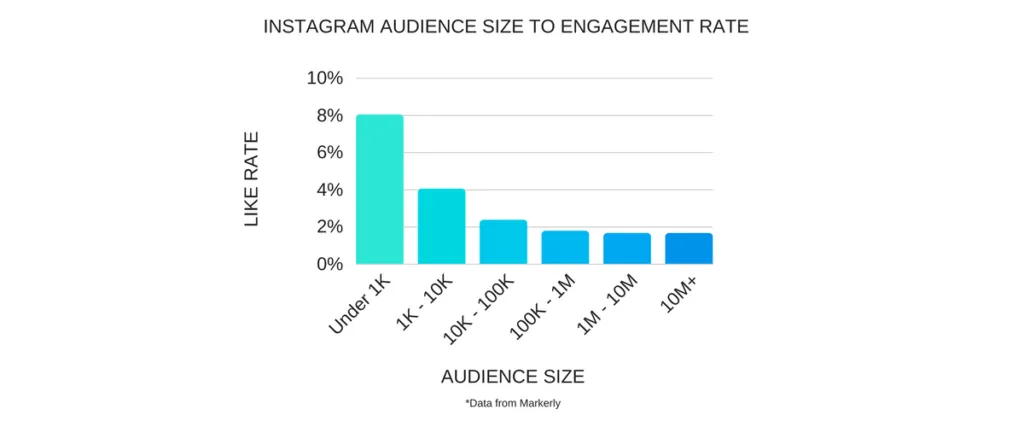
Because of this, brands are turning to micro-influencers (accounts with 30,000 or fewer followers) to assist in promotion. When compared to celebrity endorsements or accounts with millions of followers, micro-influencers deliver 60% higher engagement and are 6.7x more cost-effective. (source)
Only 1 in 5 consumers are likely to buy a product when someone with more than a million followers recommends it, while 78% of consumers make purchase decisions based on the opinion and recommendation of someone they can more easily relate to.
Why? A smaller influencer is seen as more authentic and reliable, and having a tight-knit audience means that the influencer can easily respond to comments and answer questions to create personalized interactions.
2 - Define what success looks like and measure it
Once you’ve launched your influencer program, how will you know if it’s working?
Asking influencers to “promote your brand” on social media for ‘likes’ isn’t enough to ensure you’re spending your marketing dollars effectively.
Start by establishing your reason for each influencer campaign that you run. Do you want more users to sign up on your website, click a link, make a purchase, or enter a contest? Conversions for these events are likely your best indicator of success, as this is the moment when you pay out the influencer for their efforts.
Once you’ve defined your key performance indicators, it’s important that you can easily track them. This is where referral program software comes in handy: It helps you manage influencer relationships by automatically distributing rewards through cash, points, gift cards or a custom reward of your choosing. Influencers can log in to track the status of their referrals for increased transparency, and stay engaged at all times.
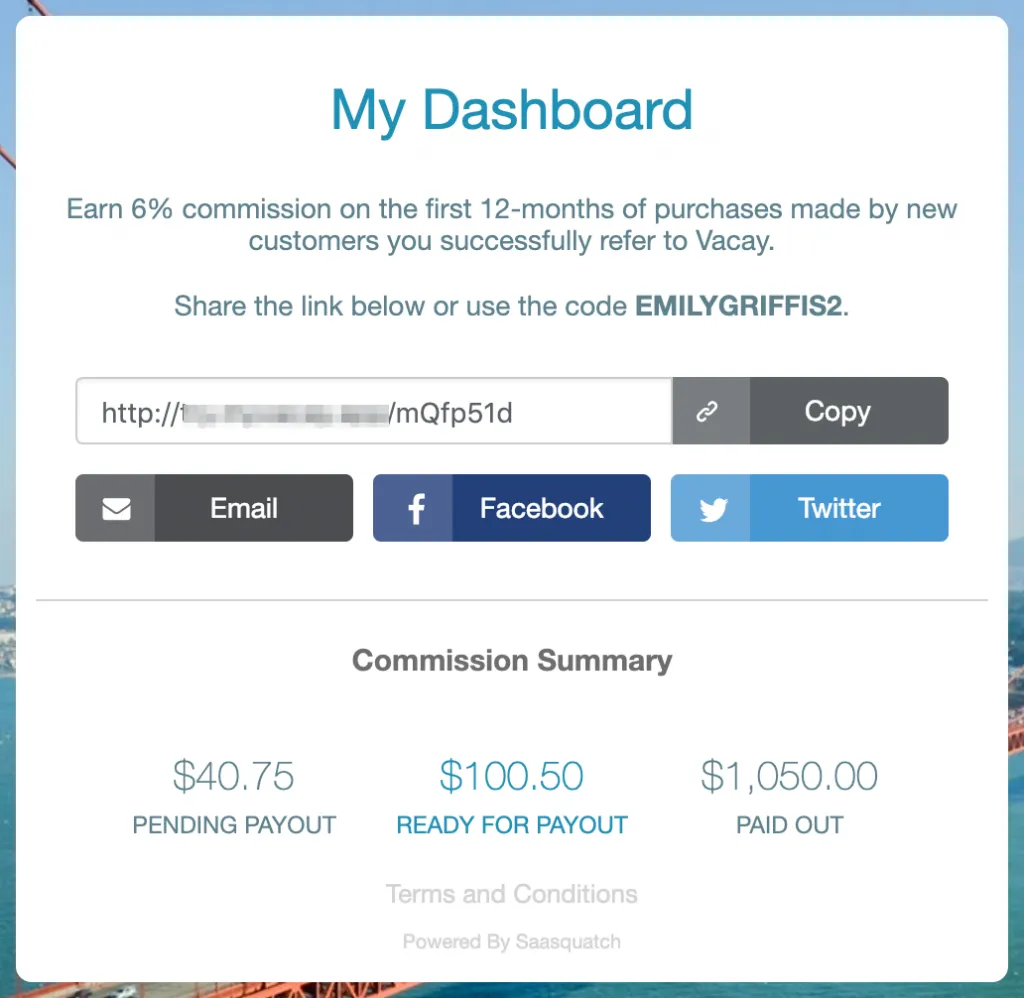
Dedicated software lets you easily measure the impact of each influencer’s reach all the way down to the dollar, giving you a clear picture of the campaign’s ROI. To learn more about calculating the ROI of your acquisition incentives like influencer commission, check out this post.
3 - Account for each part of the customer journey
Think of your influencer efforts as a strategic partnership to support your entire customer base, rather than just a tool to attract new leads or promote one specific message.
While many influencer campaigns that we see today are geared towards encouraging people to try a new product for the first time, influencers can successfully attract, engage, and retain customers.
Start by considering what kind of content users need to reach the next stage in their journey with your brand, and on what channel they’ll be the most receptive to it.
For example, visually-appealing content on Instagram or Pinterest can be leveraged to build awareness and inspiration, while practical reviews and tutorials on a video platform like YouTube can be deployed to deliver what a prospect needs to make a purchase decision or get the most from your product.
An influencer marketing strategy shouldn’t be used to drive sporadic, individual instances of hype for your product. Repeat, diverse promotions from an influencer adds authenticity to their message, and acts as a consistent reminder of your brand.
4 - Value the influencer’s opinion
The whole reason you’re leveraging an influencer is to get in front of an audience that you can’t easily access yourself. The influencer’s following is proof that they understand their audience well enough to earn their trust, and they know what engagement tactics resonate the best.
This means that coming to influencers with strict guidelines on exactly how, when, and where to promote your brand will a) probably deter many influencers from working with you and b) come across as a forced advertisement rather than a natural post, which goes against the whole point of referral marketing.
When working with an influencer, do your best to understand why they have a following in the first place - is it their sense of humor? Their creative photography? Their inspirational messages?
Seventy-one percent (71%) of influencers believe that their honest and authentic voice is what keeps their audience engaged. Collaborate with the influencer to leverage their unique competitive advantage with your campaign instead of forcing them to abide by your marketing department’s generic idea.
Final Thoughts
Keep in mind that word-of-mouth marketing is only effective if the product is worth talking about. This means that a successful influencer marketing campaign starts with a great product or service - not the other way around.
Before the influencer promotes your product, it should be good enough to stand on its own. After the influencer promotes your product, your landing pages, signup forms, and overall website user experience must be designed well enough to facilitate conversion completion.
Are you ready to start leveraging the power of influencers? To learn more about setting up an influencer campaign, get in touch with us today.
P.S. Enroll in the Digital Loyalty Academy for free today and become a certified Digital Loyalty Associate!
